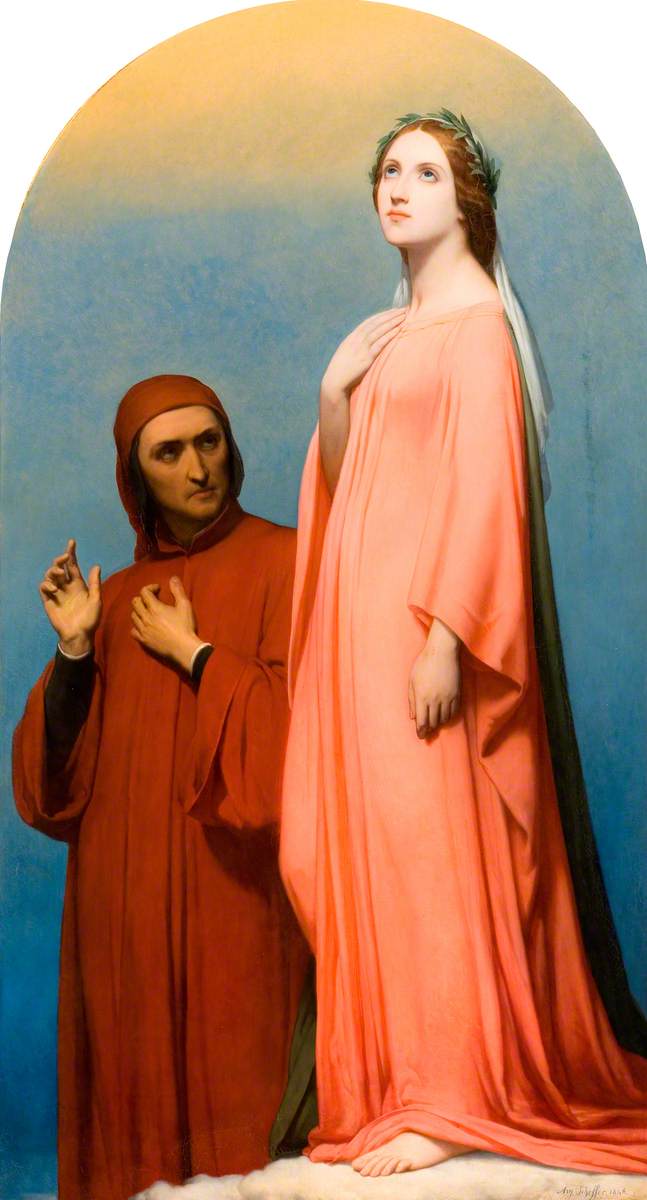
Time Slips
I have long been fascinated with the concept of the ‘Platonic soulmate', where two people feel they are linked in a significant or extraordinary way. If I may speak from the heart, the most powerful lines in cinematic history that have always resonated with me are the words of Bernstein in Citizen Kane. His words are as follows:
“A fellow will remember a lot of things you wouldn't think he'd remember. You take me. One day, back in 1896, I was crossing over to Jersey on the ferry, and as we pulled out, there was another ferry pulling in, and on it there was a girl waiting to get off. A white dress she had on. She was carrying a white parasol. I only saw her for one second. She didn't see me at all, but I'll bet a month hasn't gone by since that I haven't thought of that girl.”
Perhaps some of you will connect with those sentiments, as I have. Indeed, those familiar with the 12th century poet Dante Alighieri will recognise in these words how he fell instantly in love with Beatrice, the main inspiration for his Vita Nuova who appears as one of his guides in the masterpiece La Divina Comedia. Yet the two never met as adults, and through his poetry she became the paradigm of so-called “courtly love”. Dante's experience of this love may have been typical, but his expression of it was very unique.
Another influence on my early musings as a teen came about when I first heard Richard Matheson's incredible screenplay of his 1975 novel ‘Bid Time Return' in the Christoper Reeve / Jane Seymour movie Somewhere in Time. The events in the movie - where playwright Richard Collier falls in love with an Edwardian photograph of a deceased woman from an earlier time - are actually biographical. Matheson had visited the opera house in Virginia City, Nevada, and had been love struck by a photo of Maude Adams, an Edwardian stage actress of haunting beauty. In the novel, the character Elise McKenna. This forlorn love, like Dante's, inspired him to write a story about how love transcends time.
There are at least three lines of enquiry regarding this concept. The first is that of the Jungian concept of the “anima” or the feminine part of a man's personality. The second is the irrational part of the soul, that of feelings, particularly of love. The third, which has most engaged my thoughts for the best part of a half century, is the idea of time as being non-linear, as relative to each of us, so that we can connect with minds that have lived before our time. This is a theory that engaged me, and we see it played out in the way the soul of Beatrice guides Dante through purgatory to the gates of heaven, and just as Richard Collier goes back in time through sheer will power to be with Elise McKenna. One soul, one mind, one love, but two people incarnated in different times.
Time is a very interesting concept too. It is that part of existence which is measured in minutes, days, years, or this process considered as a whole. Yet these are human concepts. What if time is more malleable, and does not run from “Point A” to “Point B” in an irreversible way as we age and die? What if it is more fluid and susceptible to the influence of the Thought and Will of our mind than we are led to believe?
One of the reasons that we look in a mirror aghast at our physical ageing is precisely because our mind, on a quantum level, is comprised of energy understood as “light” that does not and cannot change. What, then, if mind (or what the ancients called our immortal “soul”) can connect with the disembodied mind - and indeed events - of the past? Might this explain the so-called “time slip” event and a whole raft of ‘supernatural' phenomena, such as hauntings and fleeting glimpses of the past being played out around us? What does science, religion and folklore have to say about such things, and is there any common connection between them?
This article is the copyright (c) of M.R. Osborne, 2022






